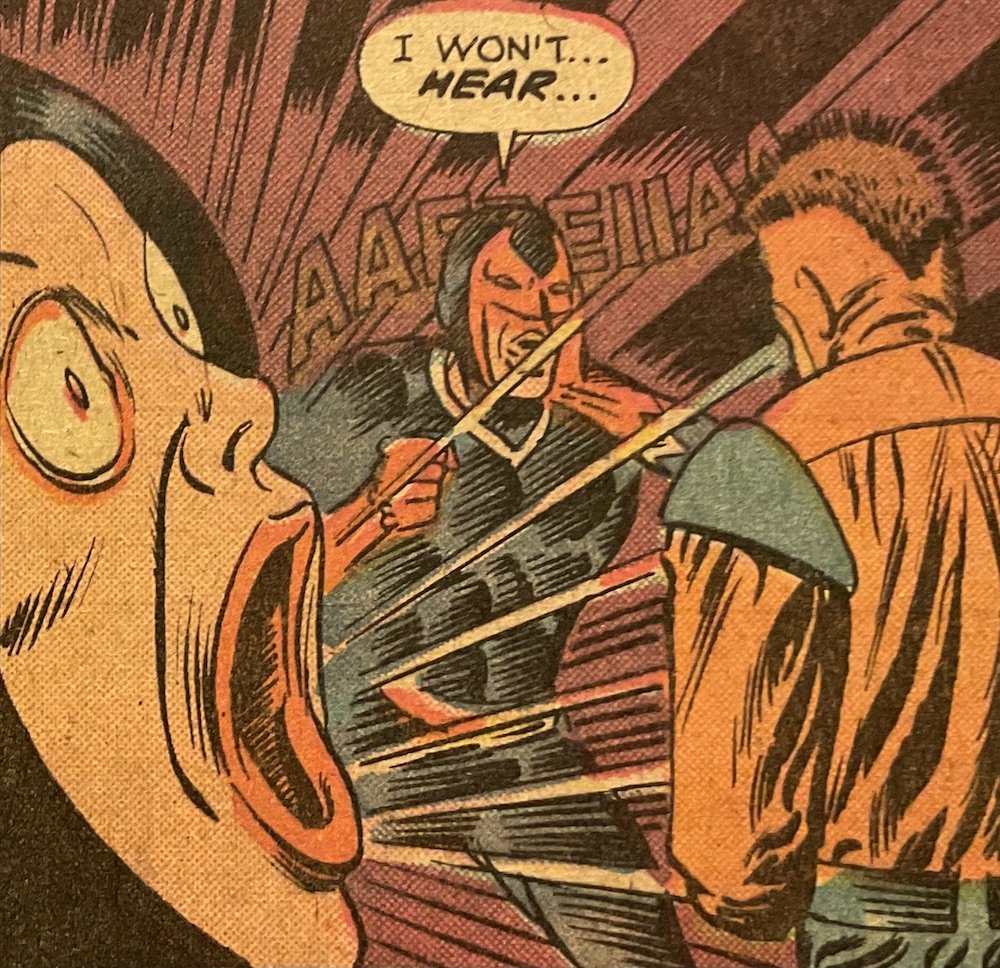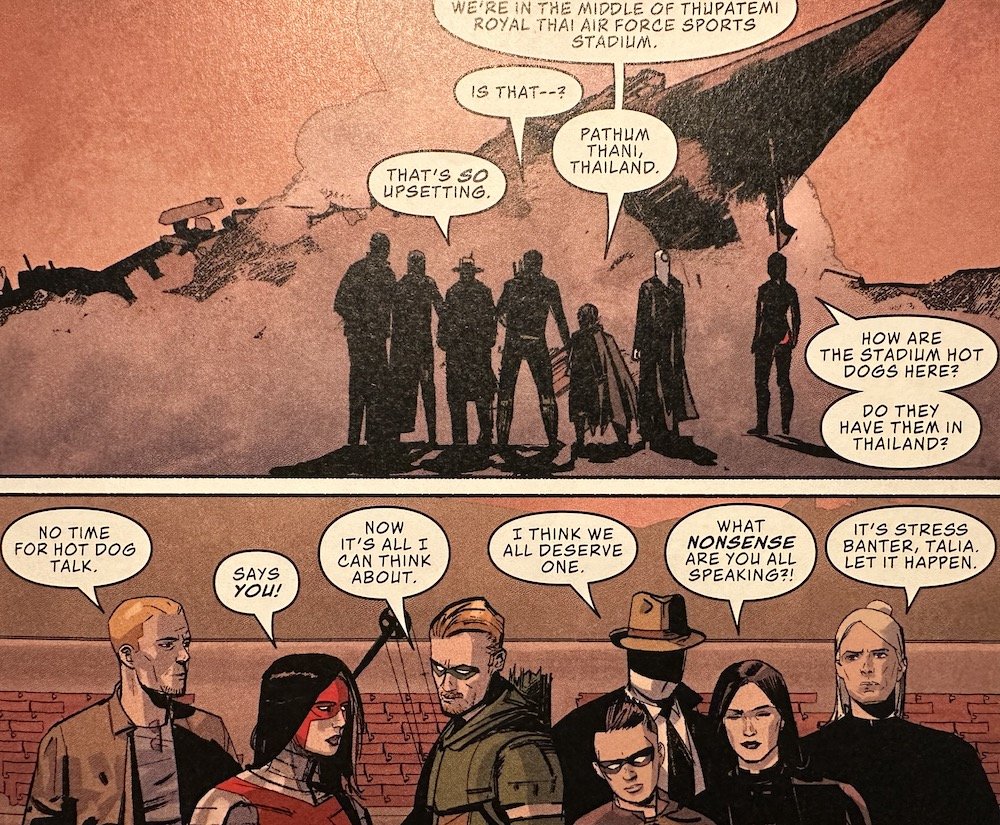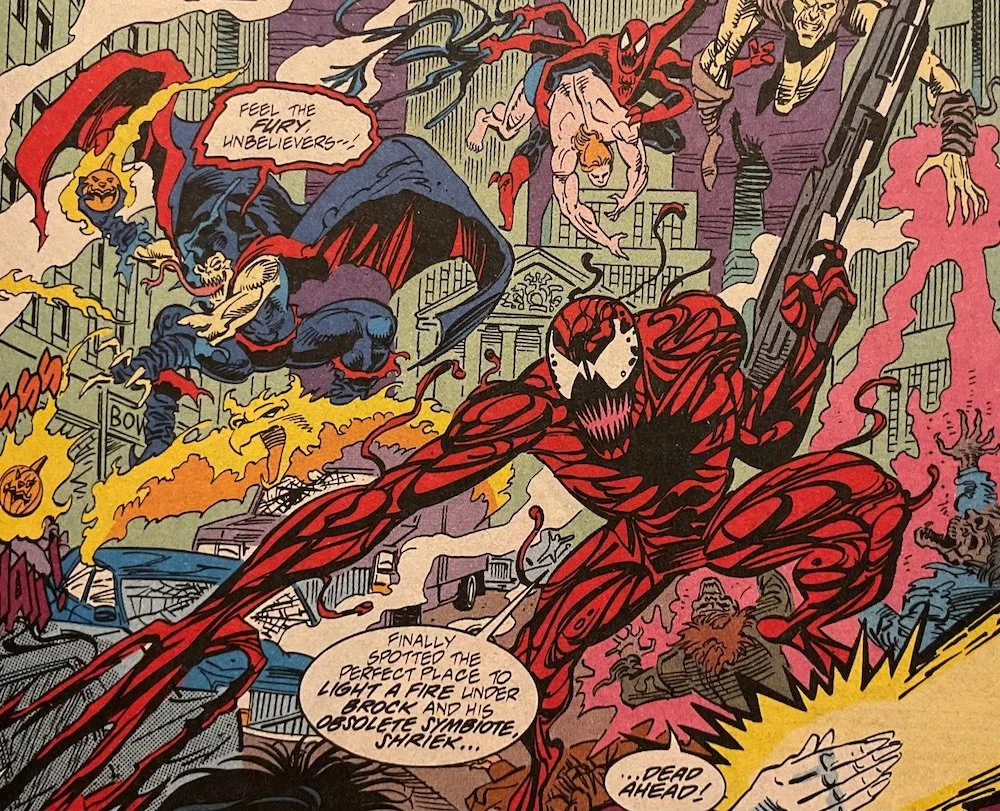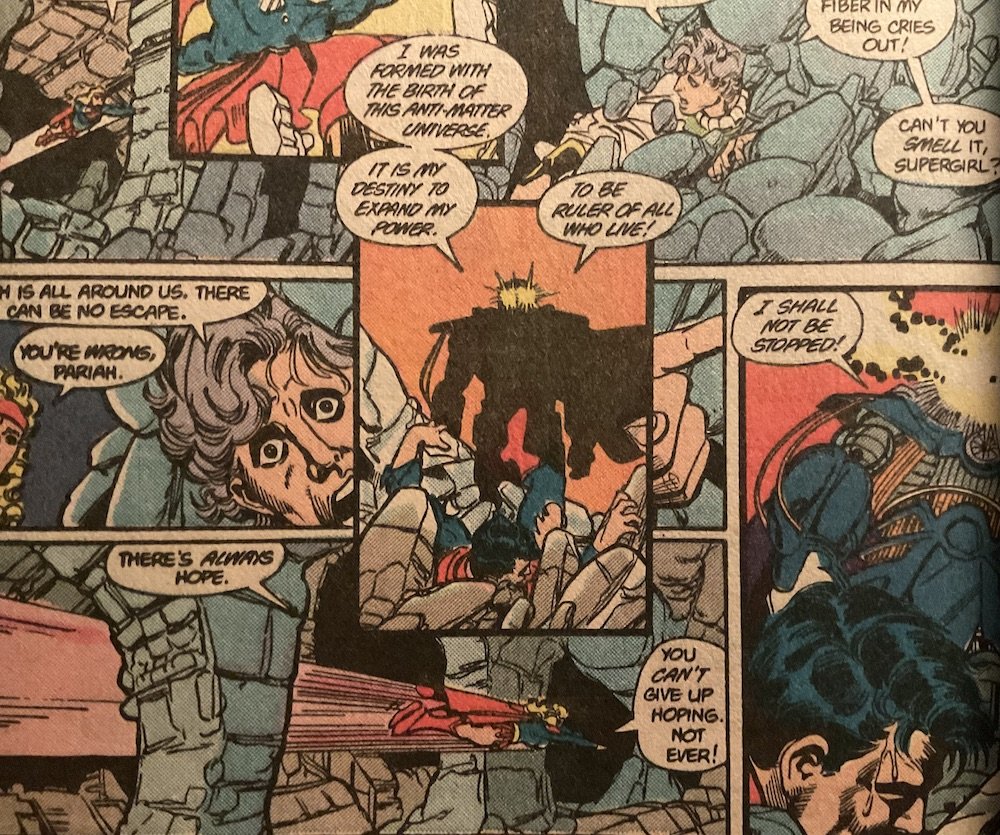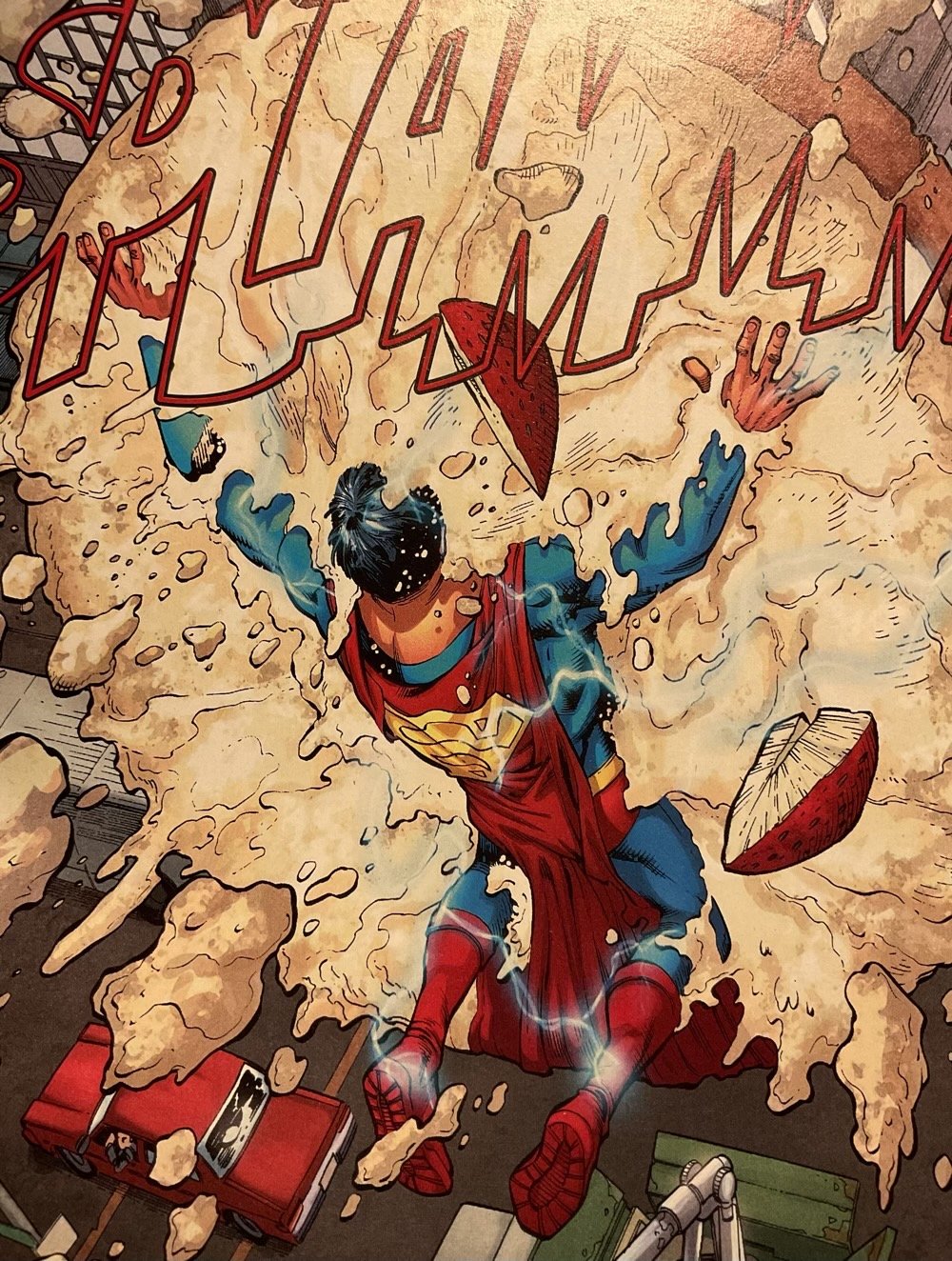THE DESTRUCTOR, No. 4 (Conway / Ditko, Milgrom; Atlas/Seaboard, 1975)
Every Wednesday morning, I make a blind pull from Siri's (randomized) choice of one of the 20 alphabetically-organized shortboxes that constitute my comics collection, (re-)read it, write about it, and publish whatever emerges. Earlier installments live here.
(Box08): One of those oddities that's been in The Collection since the early days, an enjoyable enough yarn from Gerry Conway of a mostly forgettable and Jersey-proud hero (somewhat reminding me of Orion mixed with Hunter Biden – IDK, first combo that came to mind) encountering a band of superpowered Outcasts living in an underground city in New Mexico made by Oppenheimer collaborators who hated their work and resolved to make a perfect world which is, as always, anything but.
Also: Ditko!
If nothing else, this week's random served as a fascinating launchpad into learning a bit of the history of this short-lived (it folded in 1975, a year after its founding, which is a shame: those perks offered are massive, even now) Martin Goodman-initiated effort at competing with Marvel and DC:
Apparently in 2019 producer Steven Paul paid a lot of money to buy the characters in an effort to make a cinematic universe (featuring a writer's room led by Akiva Goldsman)...
Given that this seems to be the only news of the project (and Paul's… less than stellar track record) I'm guessing that this venture met the same fate as its comics predecessor. A shame. They could've cashed in on the BARBENHEIMER craze - I mean, come on: Jon Voight was excited:
Though I’m saddened that we’ll never get a Jon Voight-led Outcasts film, I did get to peruse some great Ditko art and learn a strange bit of comics history to boot: a midmorning well spent.
